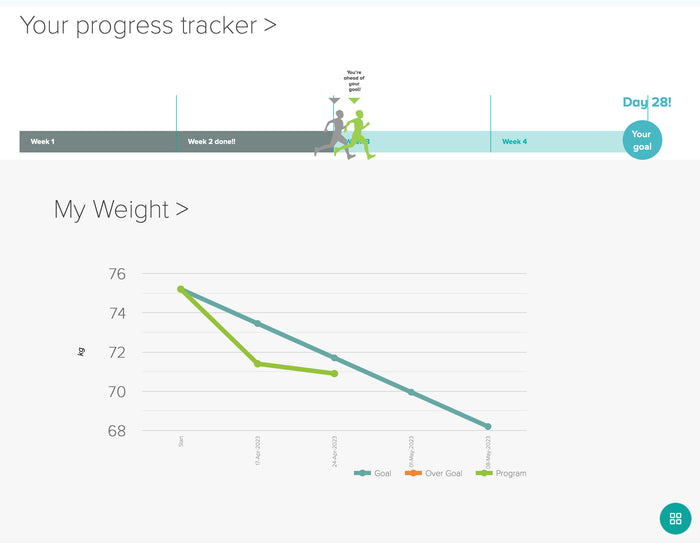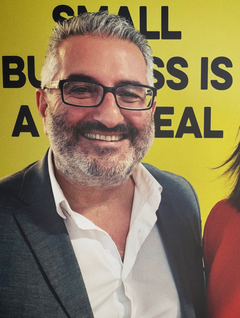Osteoporosis is a silent but serious condition that weakens the bones, making them brittle and susceptible to fractures. It affects millions of people worldwide, especially women after menopause. While the aging process itself contributes to the development of osteoporosis, certain lifestyle choices can also increase the risk.
One crucial aspect of preventing osteoporosis is engaging in regular strength training exercises. Strength training, also known as resistance or weight-bearing exercise, helps maintain and increase bone density. When you perform exercises that put stress on your bones, such as lifting weights, doing bodyweight exercises, or using resistance bands, it stimulates the bones to build and maintain their strength. This is crucial in preventing the loss of bone density associated with osteoporosis.
Nutrition also plays a key role in promoting strong bones and preventing osteoporosis. A diet rich in calcium, vitamin D, and other essential nutrients supports bone maintenance. Calcium is the primary building block of bones, and sources include dairy products and leafy green vegetables. Vitamin D aids in the absorption of calcium from the intestines and can be obtained through sunlight exposure, fatty fish, eggs, and supplements. Vitamin D is commonly low when we’re overweight or obese, as it’s preferentially absorbed into fat cells, leaving very little available for use.
Furthermore, a healthy diet should include adequate protein intake. Proteins are critical for maintaining muscle mass, and strong muscles help support and protect the bones. Consuming lean meats, poultry, fish, and dairy products can ensure sufficient protein intake.
Avoiding certain lifestyle choices is equally important. Excessive alcohol consumption, smoking, and excessive caffeine intake have been shown to increase the risk of osteoporosis. Limiting alcohol intake, quitting smoking, and moderating caffeine consumption can significantly reduce the risk.
Education and awareness about osteoporosis are vital. Regular bone density tests, especially for women over the age of 50, can help diagnose osteoporosis early and initiate appropriate interventions. Being mindful of the risk factors and adopting a proactive approach towards prevention can make a significant difference in maintaining bone health.
Understanding the risks of osteoporosis and taking proactive steps to prevent it is essential. Engaging in regular strength training exercises, adopting a balanced diet rich in calcium, vitamin D, and protein, and avoiding harmful lifestyle choices can significantly reduce the risk.
























